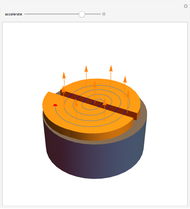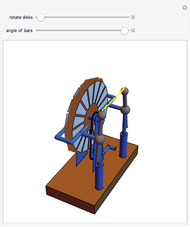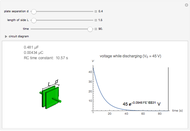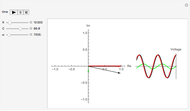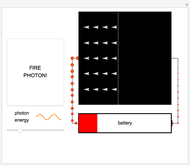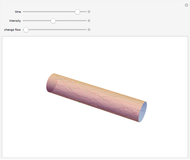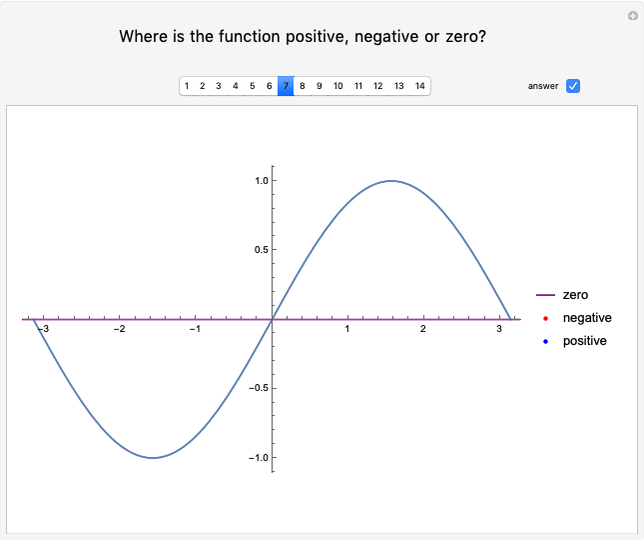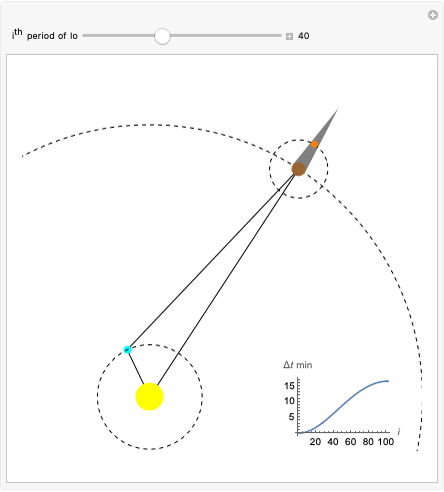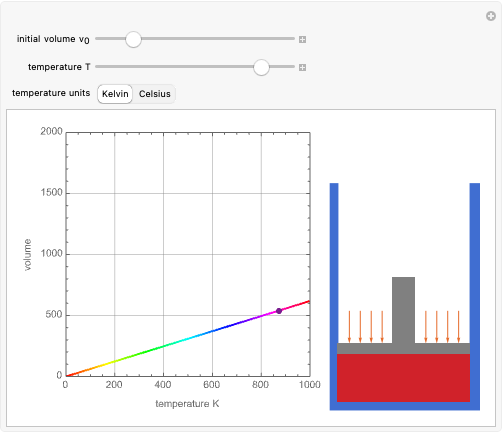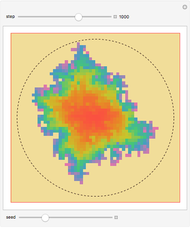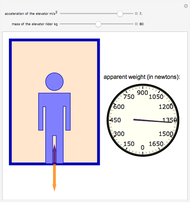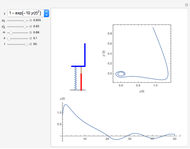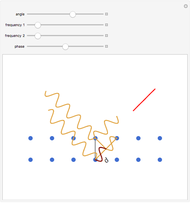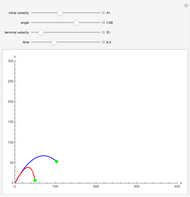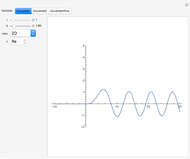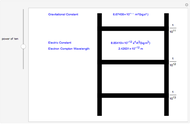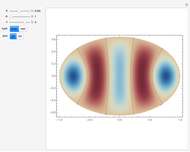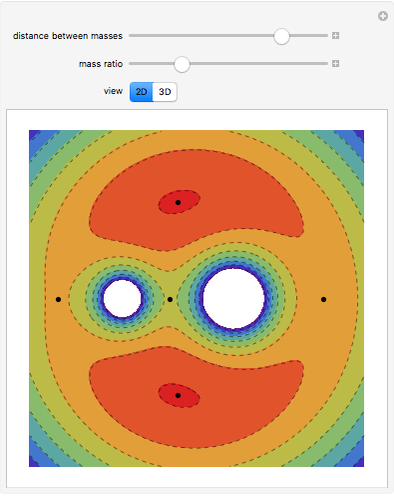Television Monitor Based on a Cathode Ray Tube

Requires a Wolfram Notebook System
Interact on desktop, mobile and cloud with the free Wolfram Player or other Wolfram Language products.
This Demonstration shows how older televisions work. At one end of a vacuum tube, an electron beam is emitted and accelerated by a cathode and an anode; the beam is deflected by electric or magnetic fields from a pair of plates to hit a phosphor screen that glows. The beam scans across the screen many times per second in a zigzag line to form images. This is the same principle that is used on computer screens, oscilloscopes, and radar screens. Recently, this device has been replaced by new technologies like flat screens.
Contributed by: Enrique Zeleny (March 2011)
Open content licensed under CC BY-NC-SA
Snapshots
Details
detailSectionParagraphPermanent Citation
"Television Monitor Based on a Cathode Ray Tube"
http://demonstrations.wolfram.com/TelevisionMonitorBasedOnACathodeRayTube/
Wolfram Demonstrations Project
Published: March 7 2011






